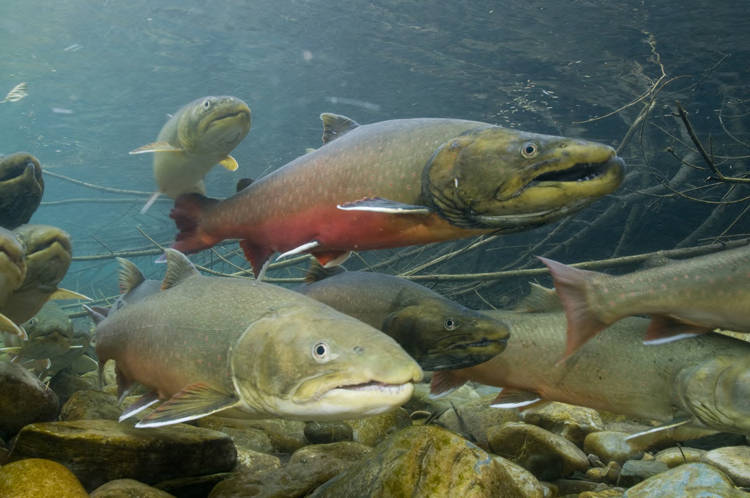Here’s a timely news release by Bruce Auchly of Montana Fish, Wildlife and Parks discussing the effect — direct and indirect — of fire on animals . . .
Summer’s fires are over, right?
All that smoke-in-the-nose, ashes-in-mouth is past for the year. Or so we hope.
Yet even in the worst of it many of us had choices. Some folks left Montana, others sought relief in air conditioning at home or office or both.
Animals don’t have those luxuries. Yes, birds can fly and bears can burrow into a den, but fires in July and August happen at the wrong time for migration and hibernation.
First, let’s slay a rumor. The rash of bear conflicts, mostly black bears, this summer is not because smoke from forest fires was forcing bears out of their mountain redoubts and into towns. They are just farther afield this year looking for food.
Continue reading Montana FWP: The effects of fire on animals
